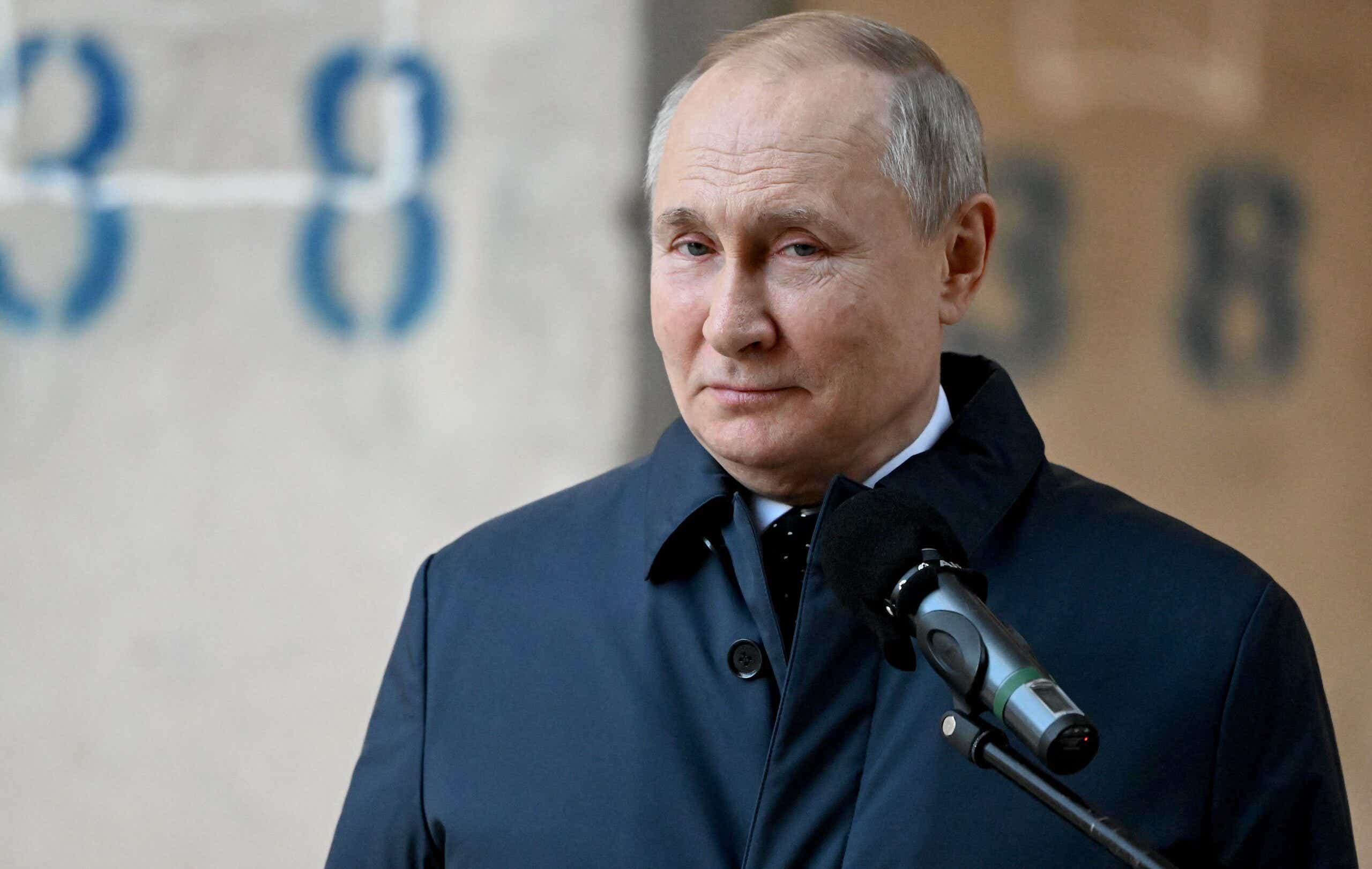As President Putin’s bombardment of Ukraine continues, Russia is becoming increasingly isolated from the rest of the world. Much of the country has been cut off from the world banking system, the ruble’s value has dropped by about a quarter, interest rates at the Russian Central Bank have more than doubled, and Putin’s oligarchs are starting to turn against him. Even Germany, initially hesitant to show umbrage, announced on Saturday night that it would supply Ukrainian troops with 1,000 anti-tank weapons, plus 500 Stinger missiles.
Is Putin losing his nerve?
This is an unprecedented level of resistance against Russian aggression in recent years, and Putin likely didn’t see it coming. With his invasion of Ukraine so far running behind schedule, and facing stiffer resistance from Ukraine than he foresaw, he’s upping the ante.
“Top officials in leading NATO countries have allowed themselves to make aggressive comments about our country, therefore I hereby order the Minister of Defense and the chief of the General Staff to place the Russian Army Deterrence Force on combat alert,” he said on Sunday, during a televised meeting with top Russian defense officials.
The force he referred to includes Russia’s nuclear weapons. Following a referendum, Belarus signaled on Sunday that it would revoke its non-nuclear status. This could in theory pave the way for Moscow to place nuclear weapons on Belarusian soil for the first time since the fall of the Soviet Union.
The White House urges — do not be afraid
The West has declared that it will not recognize the referendum result, which took place amid a sweeping crackdown on domestic opponents of the government. Speaking to ABC on Sunday, White House press secretary Jen Psaki described Putin’s nuclear deterrence announcement as an example of the Russian President “manufacturing threats that don’t exist in order to justify further aggression”.
“At no point has Russia been under threat from Nato, has Russia been under threat from Ukraine, this is all a pattern from President Putin. And we’re going to stand up for it. We have the ability to defend ourselves, but we also need to call out what we’re seeing here from President Putin,” she added.
President Biden was clear that Americans should not fear the threat of nuclear war from Russia, giving a decisive “no” to a question at the end of a White House event on Monday.
So what did Putin’s threat actually mean?
Crucially, there’s not been any clarity yet on what Putin’s order placing Russia’s Deterrence Force on high alert means in practical terms. There’s so far been no sign that Putin has taken his nuclear threat further by loading weapons onto Russia’s nuclear-capable air fleet, or sending additional ballistic missile submarines to sea.
Matthew Harries, a nuclear specialist with the Rusi thinktank, has suggested that Putin’s deliberately ambiguous statement was a warning. Primarily, he said per The Guardian, it was plain intimidation — “we can hurt you, and fighting us is dangerous” — and a reminder to the West not to take its support of the Ukrainian defense too far. “It could be Russia is planning a brutal escalation in Ukraine and this is a ‘keep out’ warning to the west,” he added.
The Kremlin indicated on Monday that Putin’s statement was intended as a form of high-stakes negotiation. Spokesperson Dmitry Peskov described the move as a response to various western warnings there could be “collisions and clashes between Nato and Russia”.
Will the U.S. reciprocate with its own nuclear weapons?
There has so far been no indication of reciprocal action on the part of the U.S. The U.S. and Russia possess the biggest nuclear arsenals in the world, but the U.S. is holding back from any escalation.
“Inserting nuclear weapons into the Ukraine war equation at this point is extremely dangerous, and the United States, President Biden, and NATO must act with extreme restraint” and not respond in kind, said Daryl Kimball, executive director of the Arms Control Association. “This is a very dangerous moment in this crisis, and we need to urge our leaders to walk back from the nuclear brink.”
As the AP notes, any change in the status of America’s nuclear weapons could invite the possibility of escalation down the line. If missiles are separated from their nuclear warheads, the decision to re-arm them in response to a crisis such as that presented by Putin could be interpreted as an escalatory move, and provoke retaliation.
So why is Putin’s threat such a big deal?
In Russia, like the United States, only the President has the authority to order a nuclear strike. Even during the Cold War, threats such as that made by President Putin over the weekend were extremely rare. President George H.W. Bush ordered U.S. nuclear-capable strategic bombers off alert in 1991, as part of a broader move to reverse the nuclear arms race. The bombers have remained off alert ever since.
The only time in history that nuclear weapons have been used in combat was when the U.S. bombed Japan twice in August 1945. At the time, the U.S. boasted a global monopoly on nuclear weapons. The Soviet Union tested its first bomb successfully four years later, in 1949.









